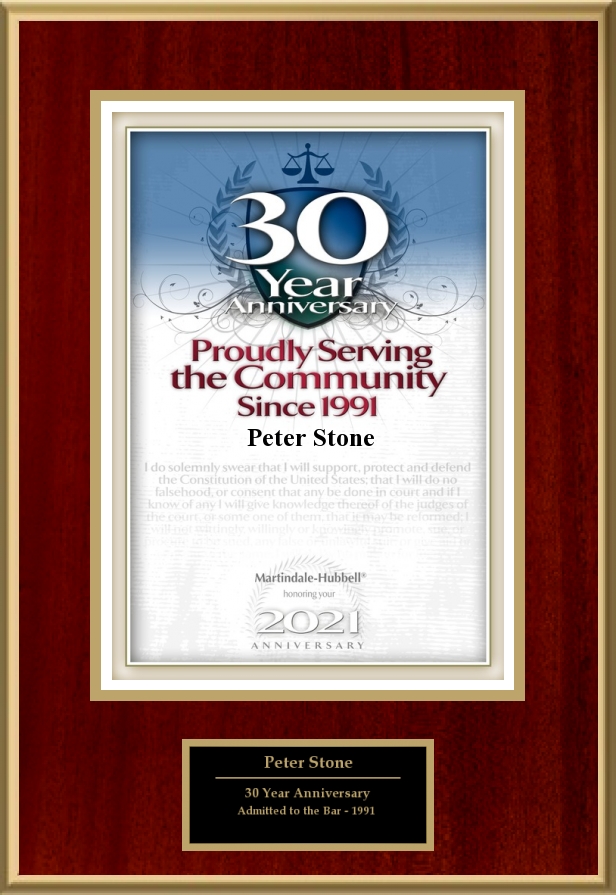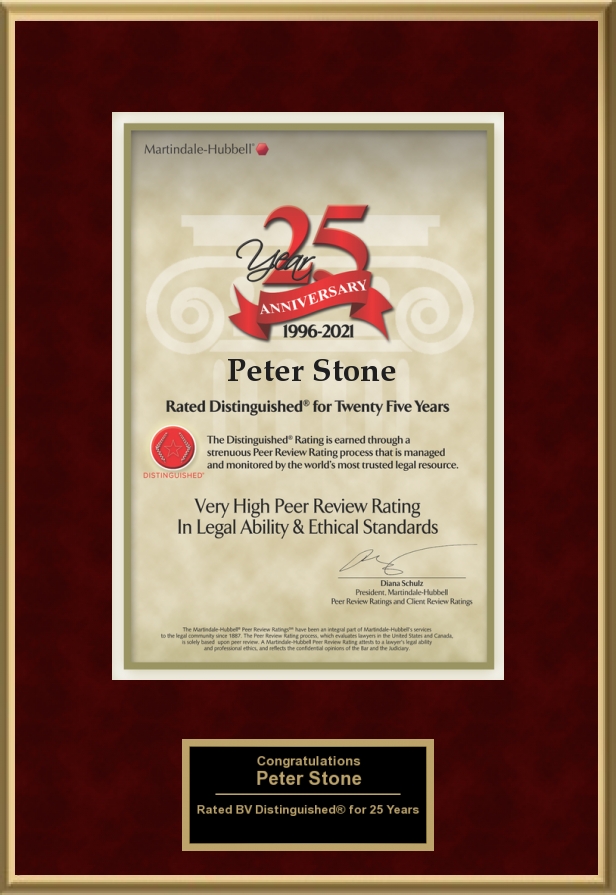The Centers for Disease Control and Prevention (CDC) has presented data that suggests that driver fatigue is involved in 25% of all fatal accidents. However, what is even more concerning is that experts suggest that this percentage might even be higher. This is because it is hard for law enforcement to determine if drowsy driving was involved. Law enforcement cannot perform a test like a sobriety test to determine if someone is under the influence of alcohol. There is no real test to determine if a driver is fatigued.
While there is no exact test to determine if a driver is fatigued, some experts suggest that drivers are more likely to fall asleep while driving if they sleep for six hours or less on a consistent basis. These same experts also suggest that one is more likely to fall asleep behind the wheel if you are a snorer, or if you tend to doze off unintentionally during daylight hours. Unsurprisingly, accidents that occur as a result of a fatigued driver are most likely to occur at night and on highways or interstates. The CDC has also found that those who are most likely to drive drowsy are commercial drivers, shift workers (especially those with long or overnight shifts), drivers with sleep apnea, drivers who use prescription sedatives, and, most importantly, drivers who simply don’t get good sleep.
It is important to remember that falling asleep behind the wheel isn’t the only danger associated with tired driving. Drowsy driving can drastically impair your reaction time and affect your ability to make decisions. Even if you don’t fall asleep, fatigue makes you less attentive behind the wheel.
As you are driving yourself and with others, it is important to look for these warning signs in order to detect driver fatigue. These warning signs include: persistent yawning or frequently blinking, short-term memory lapses (i.e. difficulty remembering the last few miles you have driven), missing an exit, drifting in and out of your lane, and hitting the rumble strip on the side of the road.
If you should experience or witness any of these symptoms, the driver should pull over and rest or change drivers if possible. Rolling down the windows and blasting music will not be enough to prevent fatigued driving.





